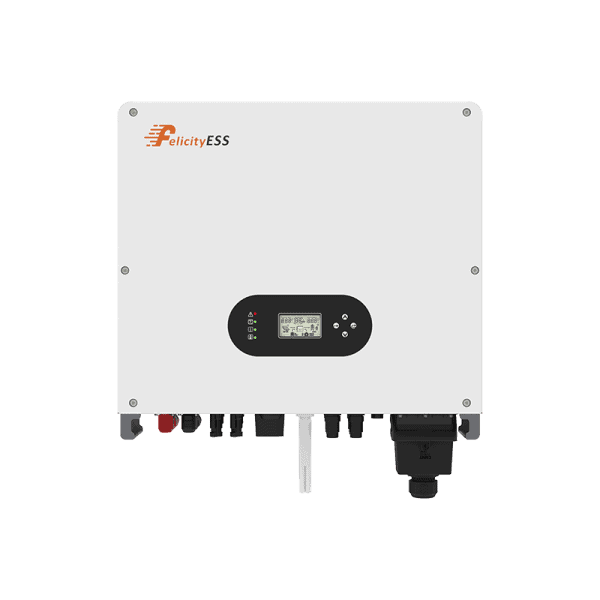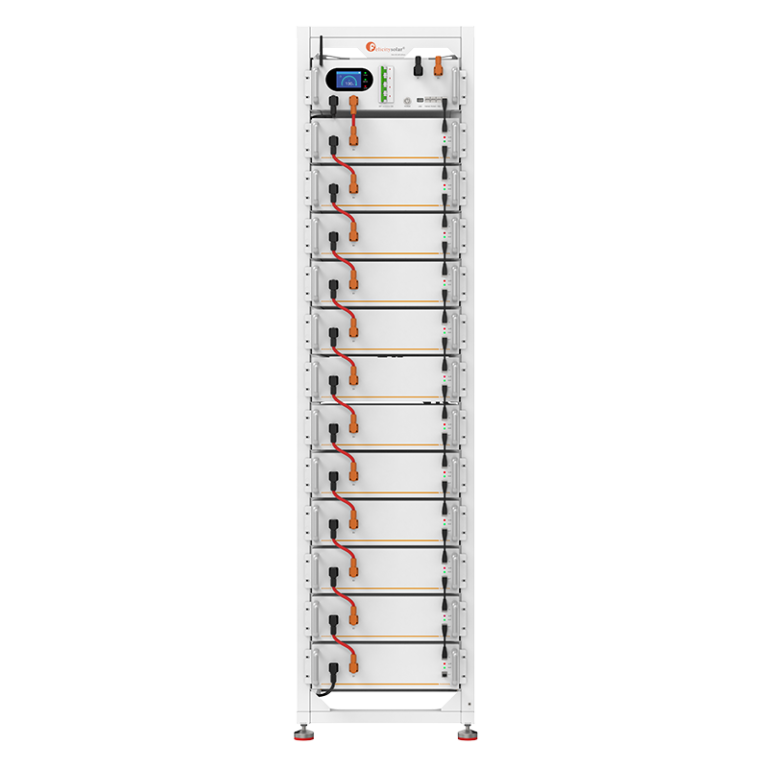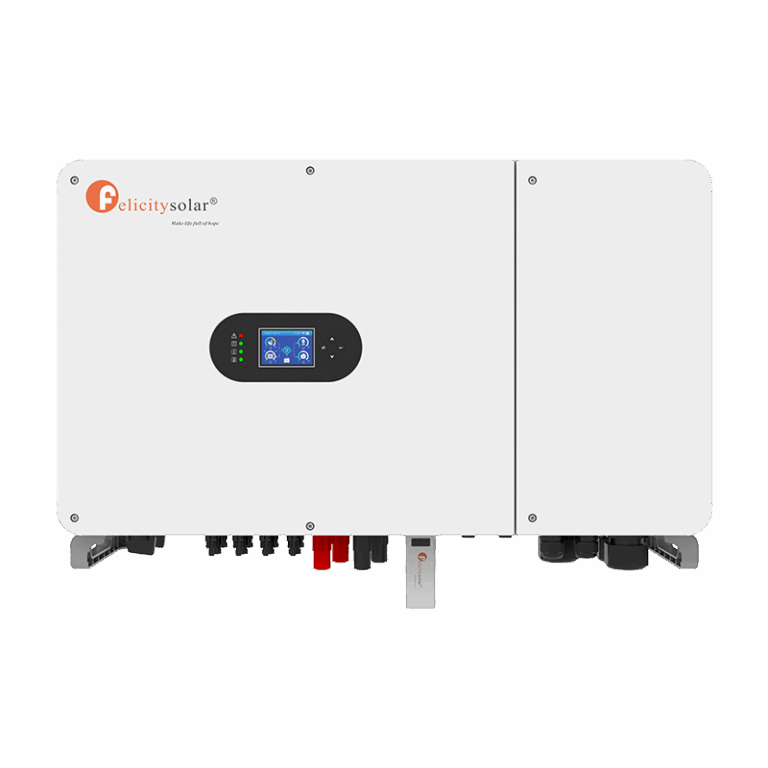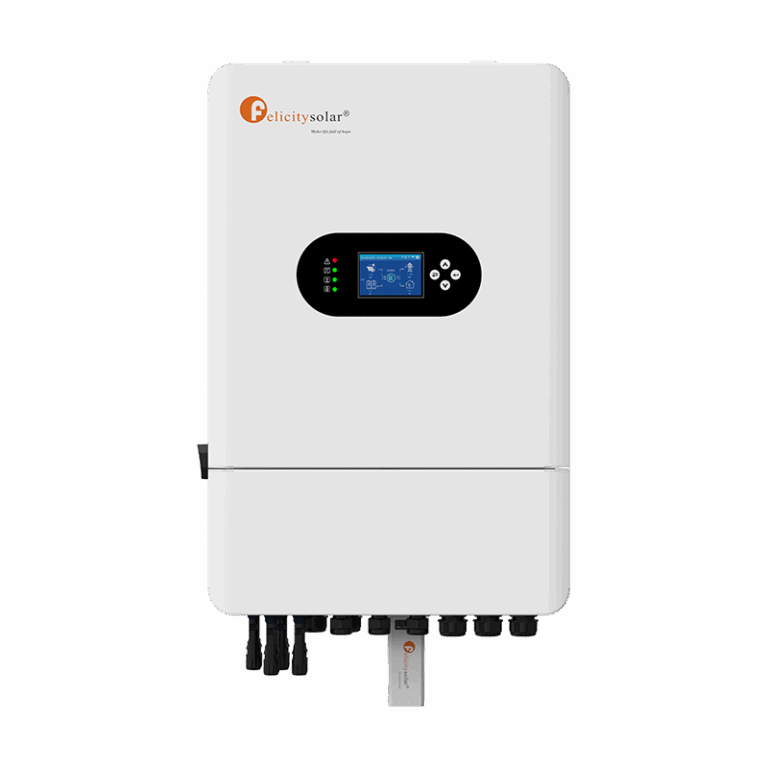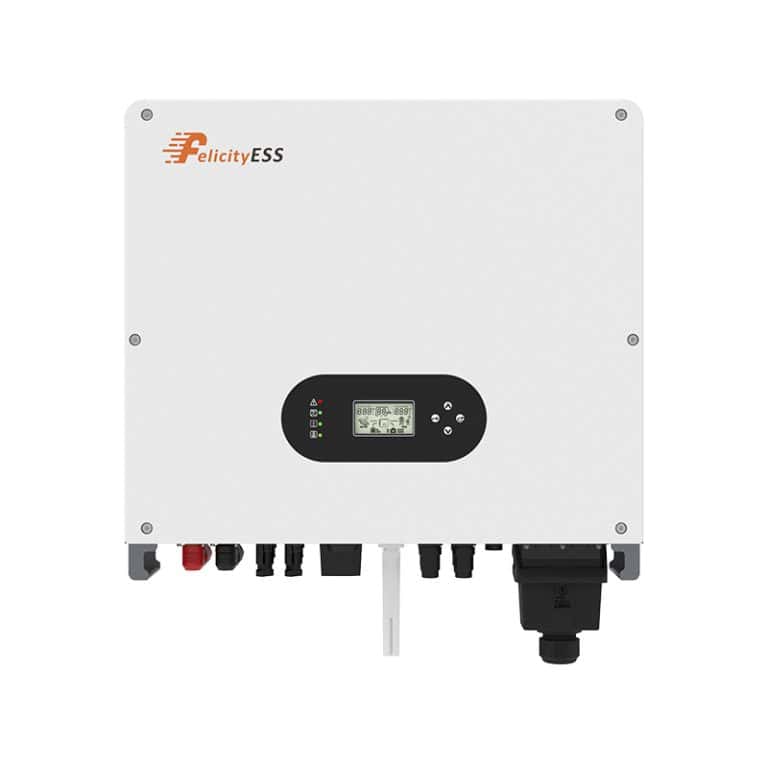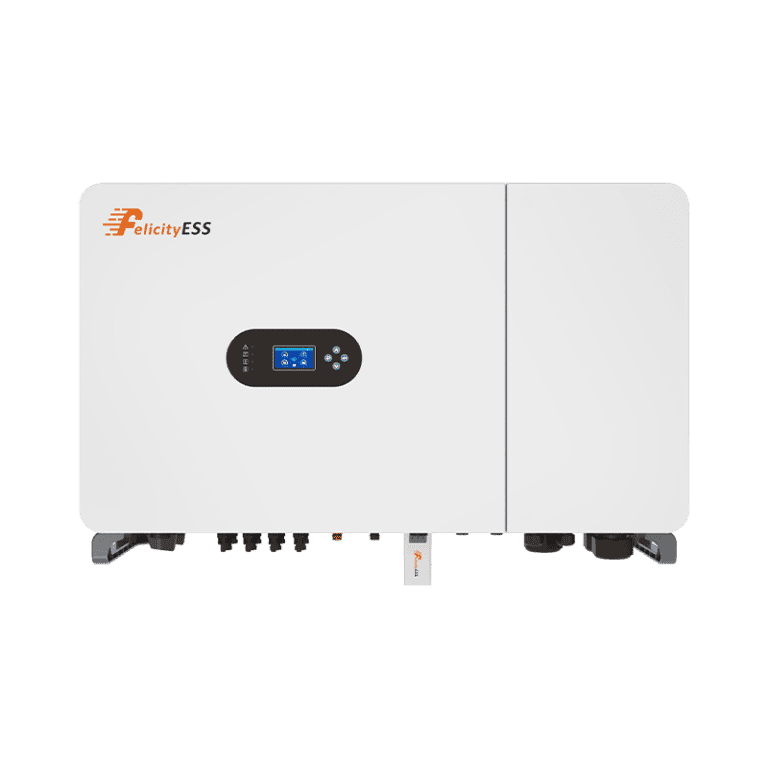Bei der Auswahl eines Batteriesystems zur Energiespeicherung – sei es für den privaten, gewerblichen oder industriellen Einsatz – spielt die Spannungskonfiguration eine Schlüsselrolle für Systemeffizienz, Kosten und Sicherheit. Eine der häufigsten Fragen von Verbrauchern, die nach Energiespeichermöglichkeiten suchen, lautet: Hochspannungs- vs. Niederspannungsbatterien, welches eignet sich besser zur Aufbewahrung? Die Antwort hängt von verschiedenen Faktoren ab, darunter dem Strombedarf, der Installationsumgebung und dem Budget.
In diesem Artikel untersuchen wir die Hauptunterschiede zwischen Hochspannungs- und Niederspannungsbatterien, bieten technische Vergleiche und helfen Ihnen zu verstehen, welche Option besser zu bestimmten Speicheranforderungen passt.
Die Grundlagen verstehen: Was sind Hochspannungs- und Niederspannungsbatterien?
Spannungsbereiche definieren
- Niederspannungsbatterien (LV) arbeiten normalerweise zwischen 48 V und 120 V. Die gängigsten Lithium-Ionen-Niederspannungssysteme haben eine Spannung von 48 V.
- Hochspannungsbatterien (HV) beziehen sich auf Systeme, die zwischen 150 V und 600 V betrieben werden, und in einigen großen Systemen können sie 1000 V überschreiten.
Die Spannung beeinflusst alles, von der Lade-/Entladeeffizienz bis hin zur Kabelgröße und der Wechselrichterkompatibilität. Die Wahl zwischen Hochspannungs- und Niederspannungsbatterien zur Speicherung hängt von einem gründlichen Verständnis ihrer strukturellen und elektrischen Unterschiede ab.
Hochspannungs- und Niederspannungsbatterien: Grundlegende technische Unterschiede
| Spezifikation | Niederspannungsbatterie | Hochspannungsbatterie |
| Spannungsbereich | 48V – 120V | 150V – 600V+ |
| Strom (bei gleicher Leistung) | Höherer Strom | Niedrigerer Strom |
| Anforderungen an die Kabelgröße | Dickere Kabel | Dünnere Kabel |
| Umwandlungseffizienz | 90–93% | 94–97% |
| Wechselrichterkompatibilität | Universeller kompatibel | Erfordert HV-kompatible Wechselrichter |
| Sicherheitsrisikostufe | Niedriger (sicherer) | Höher (erfordert strengere Sicherheitskontrollen) |
1. Effizienz und Leistung
Einer der überzeugendsten technischen Vorteile von Hochspannungsbatterien ist die höhere Umwandlungseffizienz. Da Leistung (P) = Spannung (V) × Strom (I), können Systeme mit höherer Spannung die gleiche Leistung bei niedrigerem Strom liefern. Dadurch werden Widerstandsverluste (I²R) reduziert, was zu einer höheren Hin- und Rückflugeffizienz führt. Typischerweise:
- Niederspannungssysteme erreichen einen Wirkungsgrad von 90–93%.
- Hochspannungssysteme können 94–971 TP3T erreichen.
Für Benutzer, die Wert auf Energiedurchsatz und minimalen Energieverlust legen – beispielsweise netzunabhängige Solarnutzer oder kleine Unternehmen – können Hochspannungsbatterien langfristig bessere Einsparungen bieten.
2. Komplexität und Kosten der Installation
Ein geringerer Strom in Hochspannungsbatterien ermöglicht die Verwendung dünnerer Kabel und weniger Komponenten, was die Installationskomplexität und -kosten reduzieren kann. Das höhere Risiko eines Stromschlags während der Installation erfordert jedoch qualifizierte Techniker und zusätzliche Schutzausrüstung, was die Compliance-Kosten erhöht.
Andererseits werden Niederspannungsbatterien, insbesondere 48-V-Systeme, weithin unterstützt, sind einfacher zu integrieren und in der Regel sicherer für DIY-freundliche Setups. Für Privatanwender, die Wert auf Komfort und Sicherheit legen, sind Niederspannungsbatterien oft praktischer.
Anwendungsfallvergleich: Welche Batterie ist besser für Ihre Speicheranforderungen?
1. Wohnnutzer mit mäßiger Belastung
- Empfohlen: Niederspannung (48 V)
- Warum: Sicherer zu installieren, wird üblicherweise von Hybrid-Wechselrichtern für Privathaushalte wie Victron oder Growatt unterstützt und reicht für den täglichen Energieverbrauch im Haus unter 10 kWh/Tag aus.
2. Gewerbliche und industrielle Nutzer
- Empfohlen:Hochspannung
- Warum: Ermöglicht eine Speicherung in größerem Maßstab (z. B. >30 kWh), unterstützt höhere Lade-/Entladeraten (z. B. >10 kW kontinuierlich) und reduziert Betriebsverluste im Laufe der Zeit.
3. Ladeintegration für Elektrofahrzeuge
- Empfohlen:Hochspannung
- Warum: Entspricht dem Gleichstrom-Schnellladeprofil von Elektrofahrzeugen, die normalerweise mit HV-Gleichstrombussen betrieben werden, und minimiert die Schritte zur Leistungsumwandlung.
Sicherheit und Compliance: Was Sie beachten sollten
Niederspannungsbatterien: Sicherer, aber sperriger
- Geringeres Risiko von Lichtbögen oder Stromschlägen
- Größerer Formfaktor aufgrund höherer Stromstärke, was den Bedarf an Belüftung und Wärmemanagement erhöht
- Kann an mehr Standorten mit weniger rechtlichen Einschränkungen installiert werden
Hochspannungsbatterien: Effizient, aber reguliert
- Erfordern strenge Isolierung, Leistungsschalter und Notabschaltung Systeme
- Muss regionale Sicherheitsstandards wie IEC 62619 oder UL 1973 befolgen
- Nur zertifizierte Installateure sollten mit HV-Systemen umgehen
Hinweis: In Regionen wie der EU und Australien begünstigen neue Bauvorschriften zunehmend Hochspannungssysteme für intelligente Netze und Solarspeicher, die Compliance-Anforderungen sind jedoch streng.
Batteriechemie und Spannung: Wie sie zusammenhängen
Obwohl sowohl Hoch- als auch Niederspannungsbatteriesysteme üblicherweise Lithium-Ionen-Chemie (LiFePO₄) verwenden, unterscheidet sich die Konfiguration:
- LV-Systeme:Mehr parallele Verbindungen verwenden; oft modular (2–5 kWh-Einheiten gestapelt)
- HV-Systeme: Serielle Konfigurationen verwenden; Die Kapazitäten einzelner Einheiten liegen häufig zwischen 7 kWh und 15 kWh
Beispiel: Eine 10-kWh-Niederspannungsbatterie erfordert möglicherweise 20 parallel geschaltete Zellen, während ein Hochspannungspaket möglicherweise mehr als 60 Zellen in Reihe verwendet, was die Systemkomplexität verringert und die Energiedichte erhöht.
Welches sollten Sie wählen?
Abschließende Checkliste für Verbraucher
Wenn Sie Hochspannungs- und Niederspannungsbatterien zur Speicherung vergleichen, fragen Sie sich:
- Wie hoch ist mein gesamter täglicher Energieverbrauch?
- Ist das System für den privaten, gewerblichen oder hybriden Gebrauch geeignet?
- Benötige ich eine intelligente Energieintegration (z. B. Laden von Elektrofahrzeugen, V2G)?
- Wie viel Platz habe ich für die Installation?
- Wie hoch ist mein Budget für Ausrüstung und Professionelle Installation?
Wenn Sie kompakte, skalierbare Systeme mit maximaler Energieeffizienz benötigen und höhere Vorlaufkosten und Komplexität nicht stören, ist Hochspannung die intelligentere Wahl. Wenn Sie eine sicherere, einfachere und flexiblere Einrichtung bevorzugen – insbesondere in Wohngebieten – bleibt Niederspannung die beliebteste Option.
Fazit: Hochspannungs- vs. Niederspannungsbatterien für die Speicherung
Es gibt keine universelle „bessere“ Option zwischen Hochspannungs- und Niederspannungsbatterien. Jedes hat seine Stärken und idealen Anwendungsfälle. Das beste Batteriesystem für die Speicherung ist dasjenige, das zu Ihrem Nutzungsverhalten, Ihrer Installationsumgebung und Ihren Wachstumsplänen passt. Wenn Verbraucher die Unterschiede nicht nur in Bezug auf die Spannung, sondern auch in Bezug auf Leistung, Sicherheit, Kosten und Kompatibilität verstehen, können sie intelligentere und sicherere Investitionen in Energiespeichertechnologie tätigen.
Denken Sie daran: Bei der Auswahl des richtigen Spannungssystems geht es nicht nur um die heutige Frage, sondern auch darum, sich klar und kontrolliert auf den Energiebedarf von morgen vorzubereiten.




